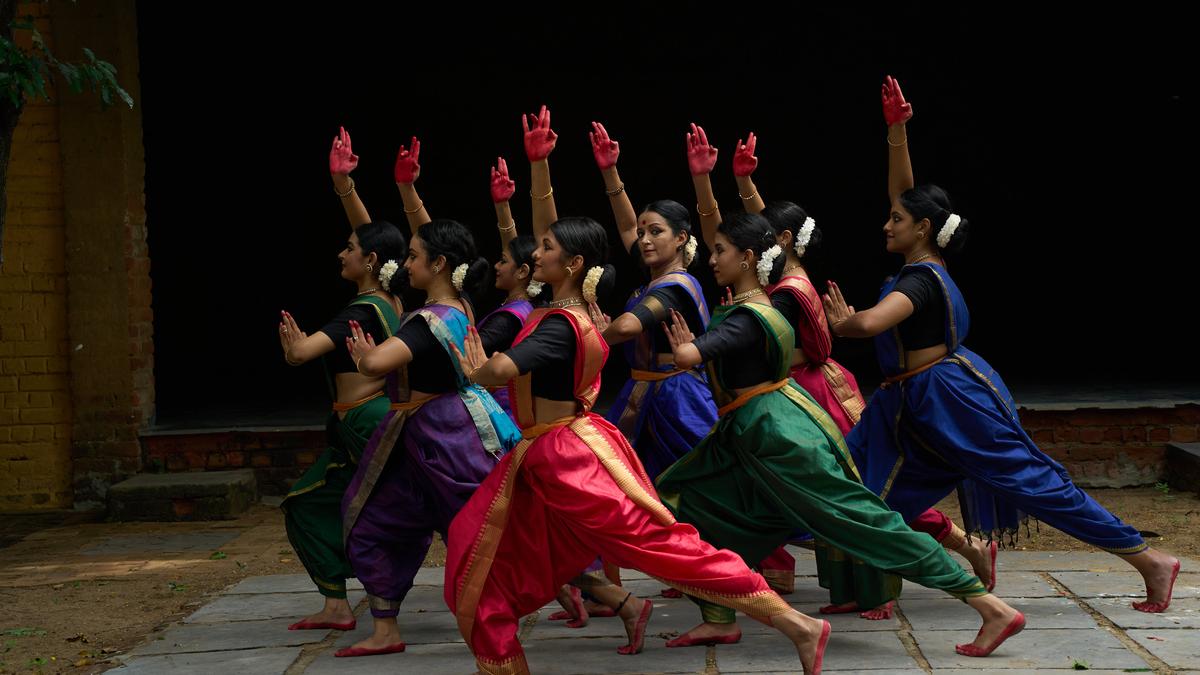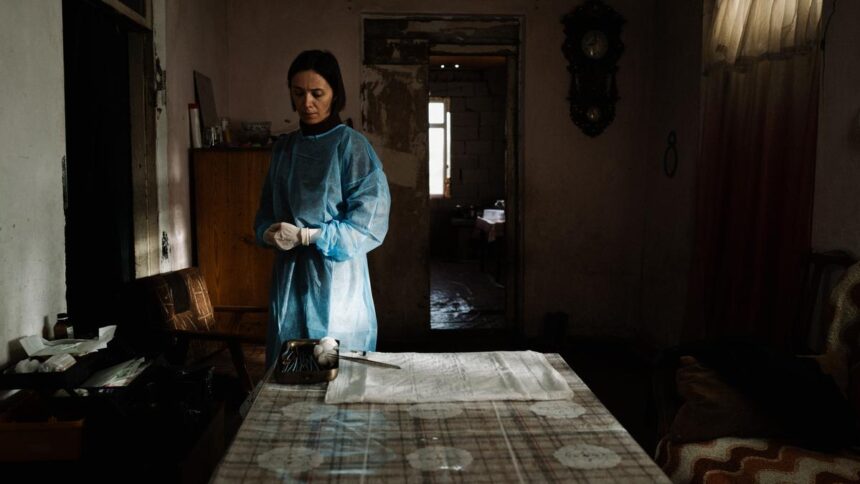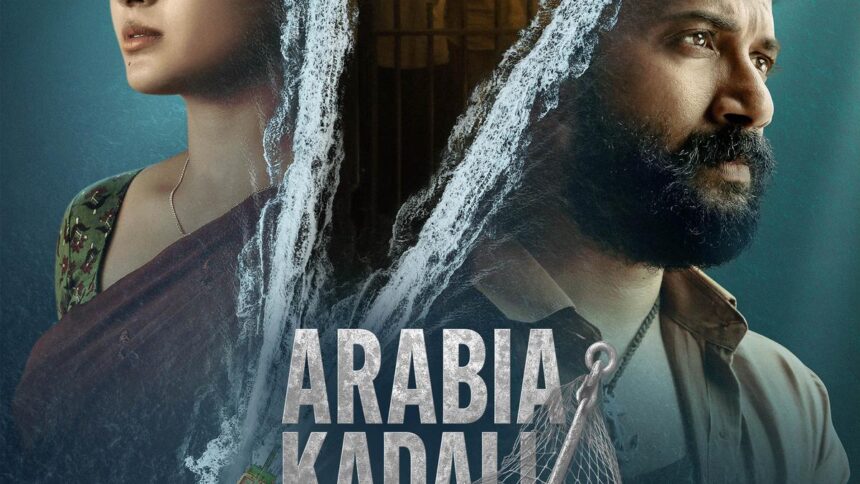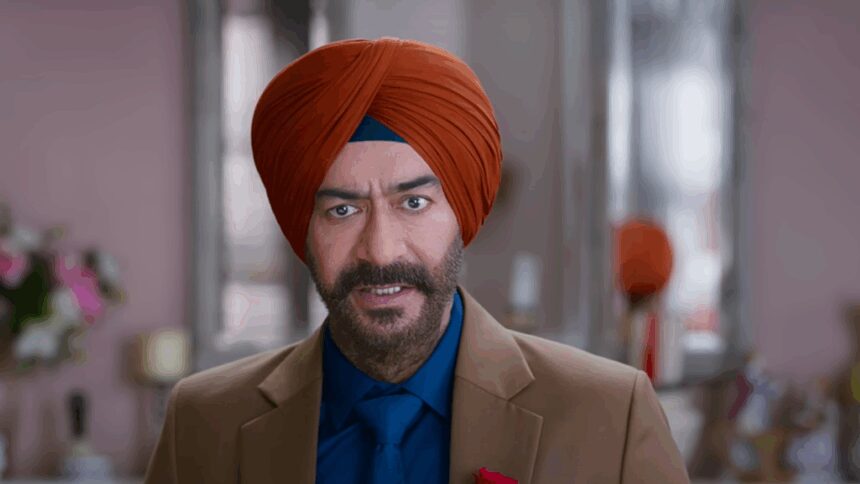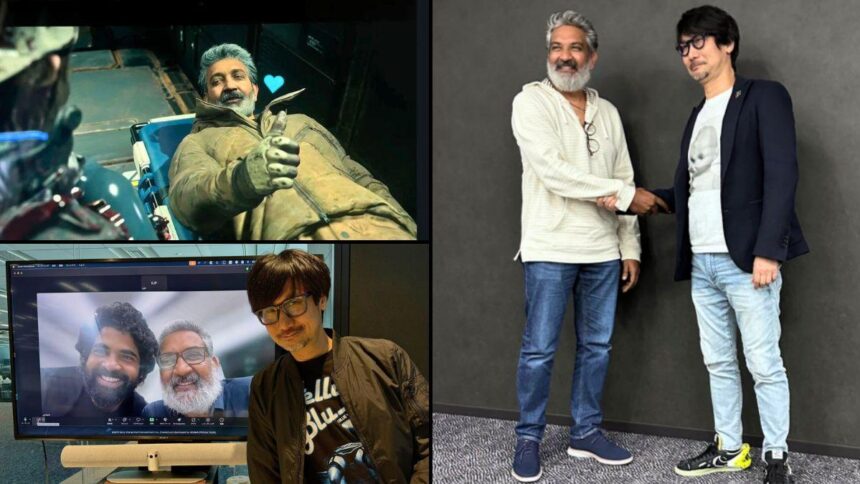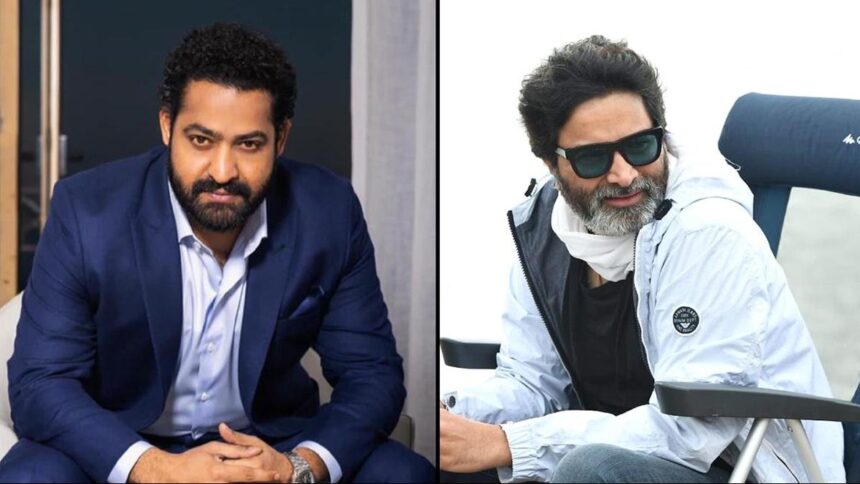The term ‘classical’ has gained a whole new meaning in today’s world. Boundaries have become porous and artistes are redefining the genre in their own distinct way. While collaborations reign high in music, Bharatanatyam exponents have started showcasing the classical form’s flexible core. Even its time-tested repertoire (margam) is being reinterpreted to accommodate newer perspectives. Add to this, the increased reach through social media and technological intervention. It seems like a great time to be a dancer. Ask Vidhya Subramanian, and pat comes the reply: “It is lovely to be a dancer at any time.”
Explaining her response, Vidhya, who has done her Masters in Theatre Arts, says: “I have danced under the complete guidance of my guru S.K. Rajarathnam, when terms such as ‘viral’ and ‘views’ did not exist. Now, I dance in an AI-driven era, with the liberty to ideate and implement. A creative individual will thrive in any period, through any trend. My generation of dancers is more fortunate, though. We sit on the cusp of tradition and innovation, deriving the best from both.”
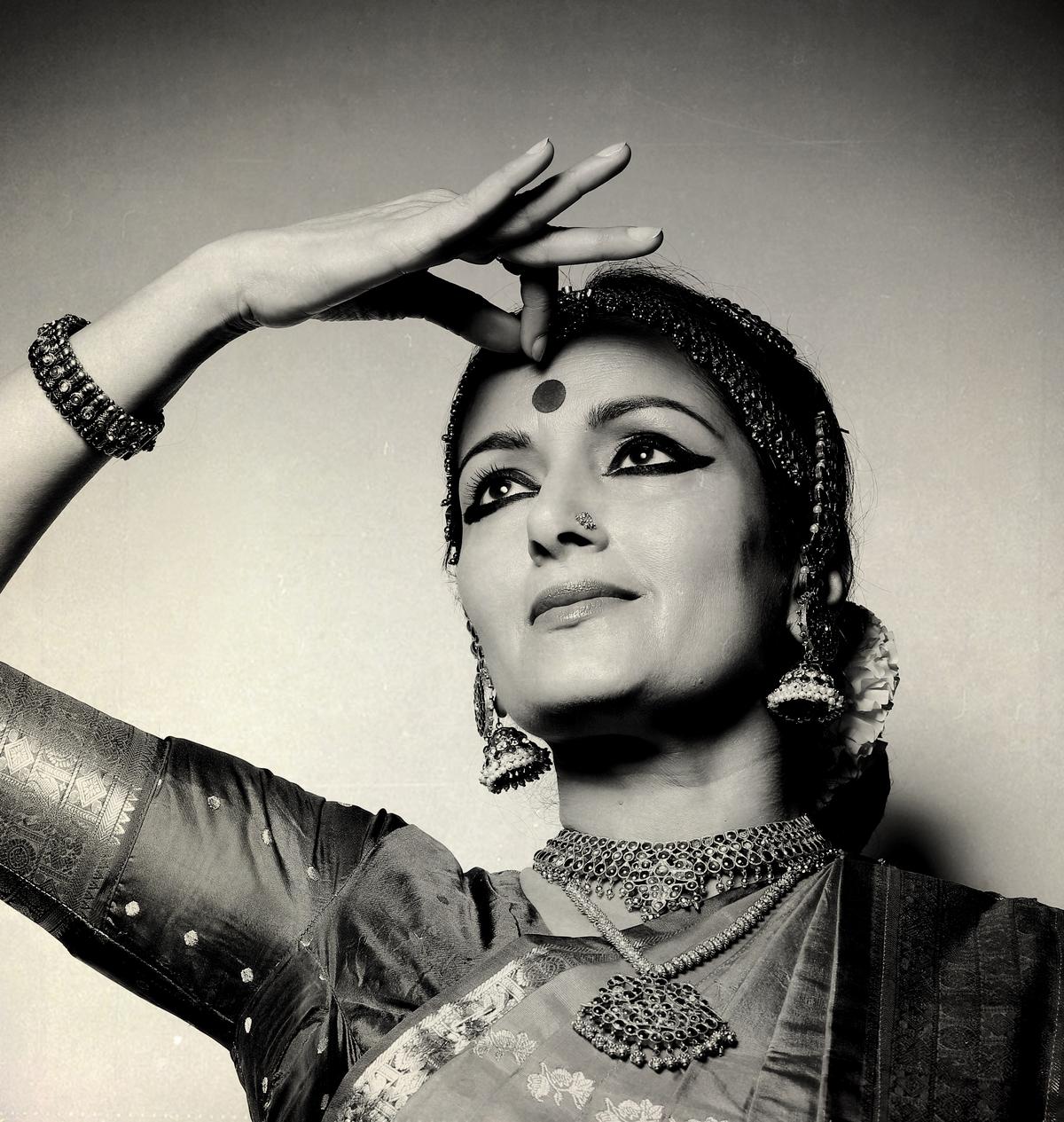
‘Damaru’ was originally designed by Vidhya as a solo margam piece
| Photo Credit:
Inni Singh
Amid rehearsals, Vidhya reflects on how the dichotomies of life — progress and rootedness, silence and sound — energise her. This very thing also fuels ‘Damaru’, her first major production after she shifted base from the U.S. to India. “Post pandemic, I returned to Chennai to reconnect with the culture that has defined my journey. It is then that this production began to take shape.”
‘Damaru’ was originally designed by Vidhya as a solo margam piece. She later decided to elaborate on the idea and turn it into an ensemble work. The piece emerged from a discussion she had many years ago with dance-scholar S. Jayachandran on balance and imbalance. It set her thinking. Finally, in Shiva’s damaru, she found a connection to the conversation. “What struck me about the instrument was not the sound, but the shape. It helped me visualise the concept of duality – the confluence of feminine and masculine energies. Also, how opposites permeate our lives in different ways, and how we try finding balance through them. Four compositions in the production bring alive these thoughts.”
Today, most classical choreographies exhibit the fluid relationship between codified and experimental movement vocabularies. Most dancers work on rare, expansive sequences. “But dance is not about constant movement. On the contrary, one should also look for moments of stillness — kaarvai — in dance. Pauses often convey more,” says Vidhya, who trained in abhinaya under the inimitable Kalanidhi Narayanan.
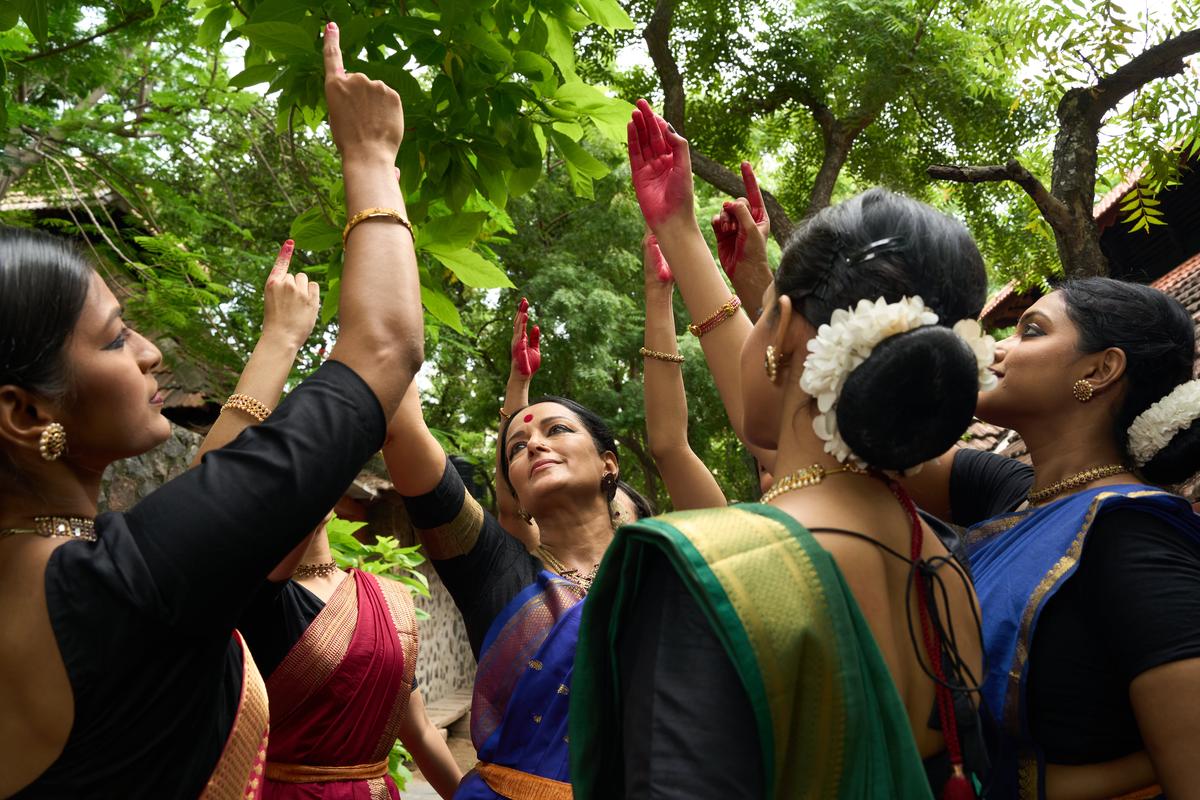
The production celebrates the collaborative spirit of art
| Photo Credit:
Season Unnikrishnan
Vidhya’s aim behind establishing Sparsh Arts Foundation, under whose aegis ‘Damaru is being presented, was to create a pedagogical space where diverse influences and ideas inhabit. “Right from 1991, when I started the Lasya Dance Company in California, I wanted to play the role of a catalyst — shaping the artistic philosophies of young mentees. Amidst distractions and pressures of modern life, you have to help them hold on to the art and make them realise its beauty and power.”
Vidhya, who has choreographed 12 works before she took up ‘Damaru’, feels the approach to choreography has “transformed tremendously”, from relying on predetermined narrative and emotional content to being informed by one’s study, research and observation. “You piece the work together like building blocks. But a production never feels fully constructed, it is always a work in progress. After every show, you are tempted to revisit and make some changes.”
Apart from Vidhya, who leads the ensemble, ‘Damaru’ features seven dancers (Anahita Chaliha, Anisha Parameswaran, Archa Shajukumar , Manasa Vijaychander, Pranathi Ramadoria, Rutuja Kumar Marne and Subashree S), who were chosen after an audition. “It’s interesting to push yourself into doing something outside of what is comfortable or habitual. That’s what it is like working with young artistes from other schools. With your students, you know what to expect but with the ‘Damaru’ team it felt really good to be surprised at different points of time. The bond that began with a feeling of uncertainty transformed into trust,” shares Vidhya.
Vidhya sees the damaru as a social leveller
| Photo Credit:
Courtesy: Beyond the Nook
The starting point of any ensemble work is conversation. Martha Graham, a pioneer of modern dance, believed that it helps understand each dancer’s body and spirit. “Exchange of ideas and experiences is crucial to build a collective artistic vision. In ‘Damaru’, it was interesting to see the dancers surrender to the work through their many questions and my answers. One day, I sat them down and spoke about how the body can think as much as the mind. So, when the body’s intelligence is trusted, the expression is organic, and the choreographer’s idea is only a subtext. Then one of them asked: “Why damaru? Why not the mridangam or tabla?” My reply, in a way, set a contemporary context to the piece. “Because the damaru is a social leveller. Be it the street, stage or the sacred space, its sound can permeate it all with ease.”
Published – July 09, 2025 02:37 pm IST








